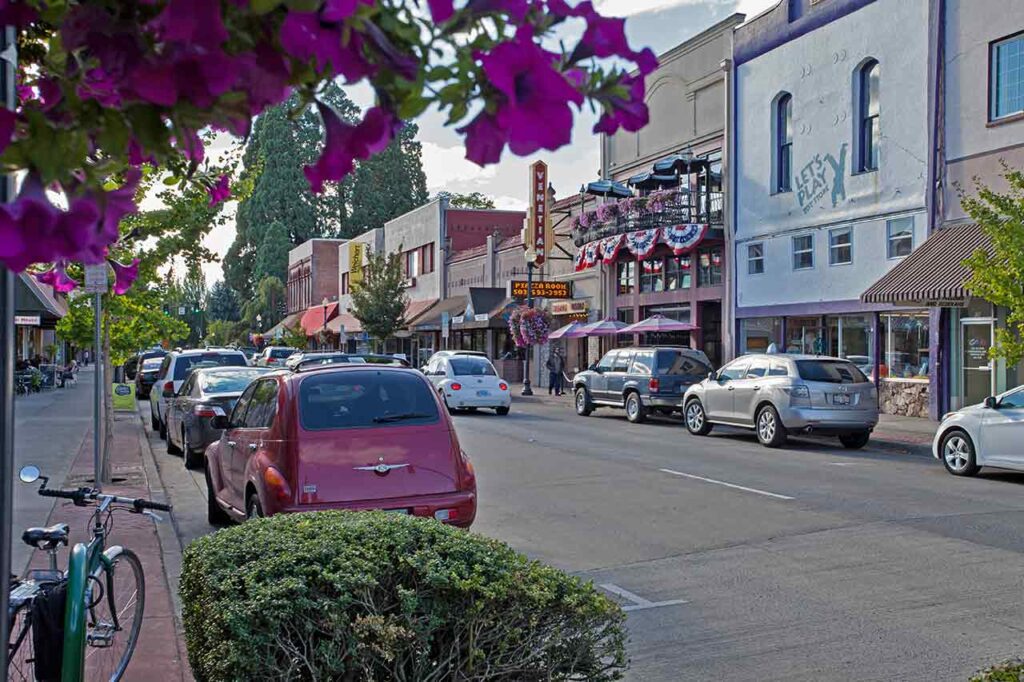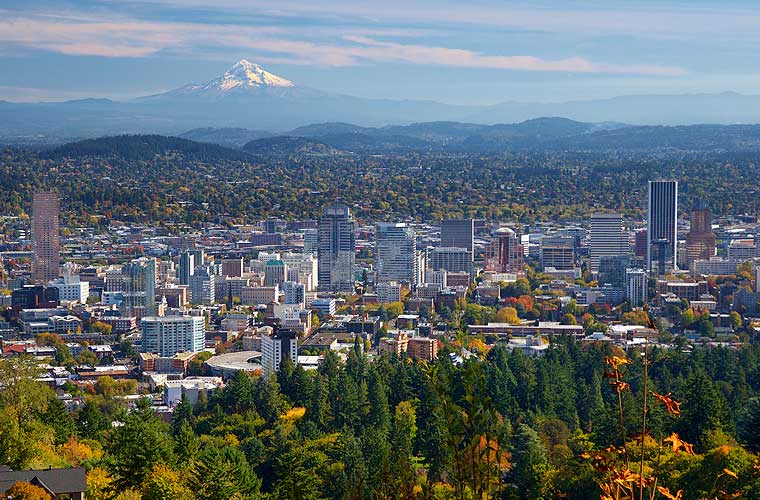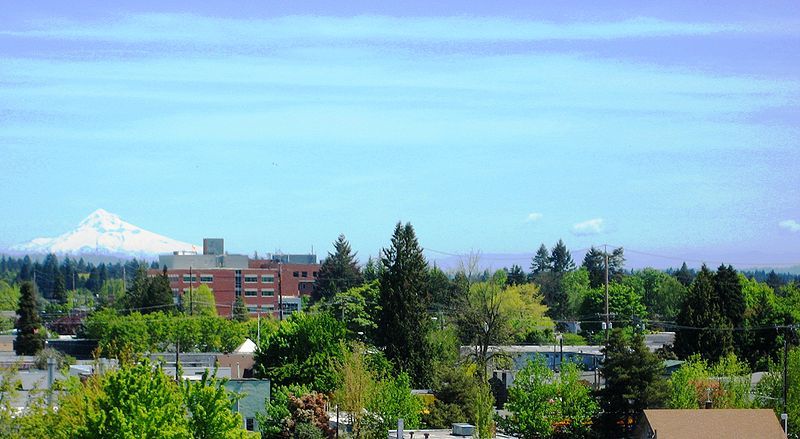Hillsboro is the fifth-largest city in the U.S. state of Oregon and is the county seat of Washington County. Take a look below for 20 awesome and amazing facts about Hillsboro, Oregon, United States.
1. Situated in the Tualatin Valley on the west side of the Portland metropolitan area, the city hosts many high-technology companies, such as Intel, locally known as the Silicon Forest.
2. At the 2010 Census, the city’s population was 91,611.
3. For thousands of years the Atfalati tribe of the Kalapuya lived in the Tualatin Valley near the later site of Hillsboro. The climate, moderated by the Pacific Ocean, helped make the region suitable for fishing, hunting, food gathering, and agriculture.
4. Settlers founded a community here in 1842, later named after David Hill, an Oregon politician.
5. Transportation by riverboat on the Tualatin River was part of Hillsboro’s settler economy. A railroad reached the area in the early 1870s and an interurban electric railway about four decades later.
6. These railways, as well as highways, aided the slow growth of the city to about 2,000 people by 1910 and about 5,000 by 1950, before the arrival of high-tech companies in the 1980s.
7. Hillsboro has a council–manager government consisting of a city manager and a city council headed by a mayor.
8. In addition to high-tech industry, sectors important to Hillsboro’s economy are health care, retail sales, and agriculture, including grapes and wineries.

9. The city operates more than twenty parks and the mixed-use Hillsboro Stadium, and ten sites in the city are listed on the National Register of Historic Places (NRHP).
10. Modes of transportation include private vehicles, public buses and light rail, and aircraft using the Hillsboro Airport. The city is home to Pacific University’s Health Professions Campus. Notable residents include two Oregon governors.
11. The first people of the Tualatin Valley were the Atfalati or Tualaty tribe of the Kalapuya, who inhabited the region for up to 10,000 years before white settlers arrived. The valley consisted of open grassland maintained through annual burning by the Atfalati, with scattered groves of trees along the streams.
12. The Kalapuya moved from place to place in good weather to fish and hunt and to gather nuts, seeds, roots, and berries. Important foods included camas and wapato, and the Atfalati traded for salmon from Chinookan tribes near Willamette Falls on the Willamette River.
13. During the winter, they lived in longhouses in settled villages, some near what became Hillsboro and Beaverton. Their population was greatly reduced after contact in the late 18th century with Europeans, who carried smallpox, syphilis, and malaria.
14. Of the original population of 1,000 to 2,000 Atfalati reported in 1780, only 65 remained in 1851. In 1855, the U.S. government sent the survivors to the Grande Ronde reservation further west.
15. The European-American community was founded by David Hill, Isaiah Kelsey, and Richard Williams, who arrived in the Tualatin Valley in 1841, followed by six more pioneers in 1842.
16. The locality went by two other names—East Tualatin Plains and Columbia—before it was named “Hillsborough” in February 1850 in honor of Hill, when he sold part of his land claim to the county. On February 5, 1850, commissioners chosen by the territorial legislature selected the community to be the seat of the county government.

17. Hill was to be paid $200 for his land after plots had been sold for the town site, but he died before this occurred, and his widow Lucinda received the funds. The town’s name was later simplified to Hillsboro. A log cabin was built in 1853 to serve as the community’s first school, which opened in October 1854. Riverboats provided transportation to Hillsboro as early as 1867 when the side-wheel steamer Yamhill worked on the Tualatin River.
18. In 1871, the Oregon and California Railroad line was extended to the area, but it ran just south of town because the city did not want to give the railroad land in exchange for the rail connection. Hillsboro was incorporated as the Town of Hillsboro on October 19, 1876, by the Oregon Legislature.
19. The first mayor was A. Luelling, who took office on December 8, 1876, and served a one-year term. Notable later mayors included Congressman Thomas H. Tongue (1882 and 1886) and state senator William D. Hare (1885). In 1923, the city altered its charter and adopted a council-manager government with a six-person city council, a part-time mayor who determined major policies, and a city manager who ran day-to-day operations.
20. In 1979, Intel opened its first facility in Hillsboro.




